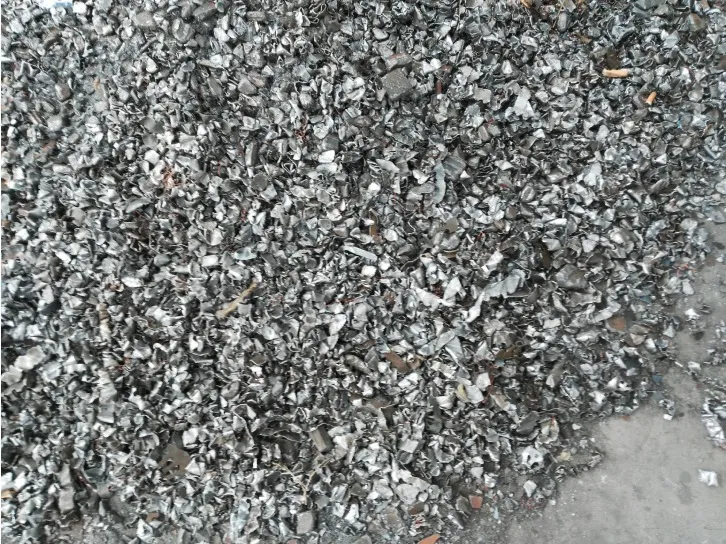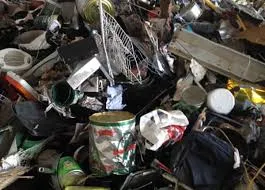Metal shredding machines have revolutionized the recycling industry, marking a significant leap forward in material processing technology. These robust machines play a critical role in converting bulky, scrap metal into valuable, manageable pieces ready for reuse, ensuring industrial processes remain sustainable and efficient. As the demand for metal recycling grows, understanding the intricate functionalities, benefits, and market applications of these shredders becomes essential. This article delves deep into the experience-based insights, expertise-grounded knowledge, and authoritative advice on metal shredding machines, ensuring readers and industry professionals are equipped with trustworthy information.

Experience tells us that selecting the right metal shredding machine is not merely about capacity or power. It's a nuanced decision influenced by the type of metal being processed, the desired output size, and the specific recycling goals.
Operators often share that challenges arise when mismatched equipment leads to inefficiencies or operational bottlenecks. Through hands-on experience, professionals have identified that machines like the twin-shaft shredder are optimal for handling mixed metal types, thanks to their robust cutting force and reduced energy consumption. Meanwhile, hammermills are preferable for large-scale operations seeking high throughput and consistency in particle size.
Expertise in the realm of metal shredding highlights the importance of innovative technologies integrated into modern shredders. Contemporary designs are equipped with smart sensors and IoT capabilities, allowing for real-time monitoring and remote diagnostics. Specialists emphasize the importance of these features for predictive maintenance, reducing downtime, and optimizing shredding performance. Moreover, it’s noted that an expert understanding of metallurgy can significantly influence machine settings, ensuring optimal blade selection and cutting angles, thereby extending the lifespan of components and improving shredding efficiency.

machine that shreds metal
From an authoritative perspective, regulatory compliance and safety standards stand out as critical considerations in the operation of metal shredding machines. Leading industry authorities stress adherence to local and international regulations concerning noise levels, emissions, and material handling to prevent legal setbacks and ensure environmental standards are met. Additionally, operators are urged to undergo rigorous training and certification to handle these powerful machines safely, reducing workplace accidents and enhancing operational credibility.
Trustworthiness in metal shredding operations is cultivated through transparent business practices and sustainable operations. Companies that invest in recycling technology often gain the trust of stakeholders and clients by promoting their commitment to environmental responsibility. Trust is further enforced by sourcing quality machines from reputable manufacturers, maintaining up-to-date equipment, and providing documented evidence of the effective recycling of metals, thus supporting circular economy initiatives.
In conclusion, the choice and operation of a metal shredding machine should be anchored in practical experience, guided by expert knowledge, validated by authoritative bodies, and executed with trustworthiness. As the recycling industry evolves, those leveraging cutting-edge technology and adhering to best practices will lead the charge toward a sustainable future. For industry professionals, understanding these dynamics not only enhances their operational capabilities but also solidifies their standing as responsible, forward-thinking contributors to global recycling efforts.


